Russian Emerald: Gemstone and Jewelry
Russia is home to some of the world's most exquisite emeralds, known for their unique color and exceptional quality. These gemstones have been highly prized in Russia for centuries and are often associated with the country's royalty and aristocracy. In this article, we will explore the history and mythology behind Russian emeralds, their characteristics and properties, and the jewelry crafted from them.

History and Mythology of Russian Emeralds:
Emeralds have been mined in Russia since the 14th century, with the earliest records of their usage dating back to the reign of Ivan the Terrible. The Ural Mountains in central Russia are a prime source of the country's emeralds, with deposits also found in the Sayan Mountains and Siberia. In Russian folklore, emeralds were believed to possess powerful magic properties that could protect against illnesses and evil spirits. They were also associated with love and fertility, and it was believed that wearing an emerald could help one conceive a child or bring good luck in matters of the heart.
Russian emeralds have also had a significant place in history. Catherine the Great, the legendary Russian empress, was a well-known collector of emeralds and had an extensive collection of emerald jewelry. The Great Imperial Crown of Russia, worn by the czars during coronations, contains a large emerald at its center.

Characteristics and Properties of Russian Emeralds:
Russian emeralds are known for their distinct color, which is often described as a deep, rich green with a bluish tint. This hue is caused by the presence of chromium and vanadium, which are the same elements that give Colombian emeralds their distinctive color.
However, Russian emeralds are known for their more subdued hue, which is often compared to the color of a forest, rather than the vibrant green of a grassy meadow. In addition to their color, Russian emeralds are highly prized for their exceptional clarity and lack of inclusions. This makes them some of the most valuable emeralds in the world, as other emeralds are typically plagued by visible flaws.

Jewelry Crafted from Russian Emeralds:
Russian emeralds are often set in traditional gold or silver jewelry and are favored for use in statement pieces, such as necklaces, earrings, and bracelets. Some of the most notable examples of Russian emerald jewelry are found in the collection of the State Hermitage Museum in St. Petersburg, which boasts an extensive collection of historic jewelry that belonged to Russia's royalty.
One of the most distinctive styles of Russian emerald jewelry is the kokoshnik, a traditional headpiece worn by aristocratic women in the 19th century. These headdresses were typically made from gold or silver set with pearls and gemstones, including emeralds, and were often decorated with intricate enamel designs.
Another popular style of Russian emerald jewelry is the fabergé egg, created by the famous Russian jeweler Peter Carl Fabergé in the late 19th and early 20th century. These eggs were commissioned by the Russian imperial family and contain surprise gifts inside, such as miniature portraits, precious stones, or automaton figures.

Russian emeralds are some of the most highly prized gemstones in the world, valued for their beautiful color, exceptional clarity, and rich history. The jewelry crafted from these stones is some of the most striking and distinctive in the world, with traditional styles that have been worn by Russian royalty for centuries. Whether you're a lover of fine jewelry or simply interested in the unique history and mythology surrounding Russian emeralds, these gemstones are truly a sight to behold.




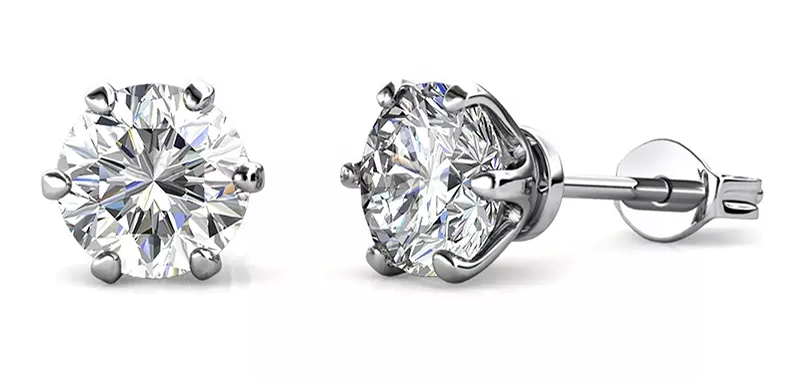
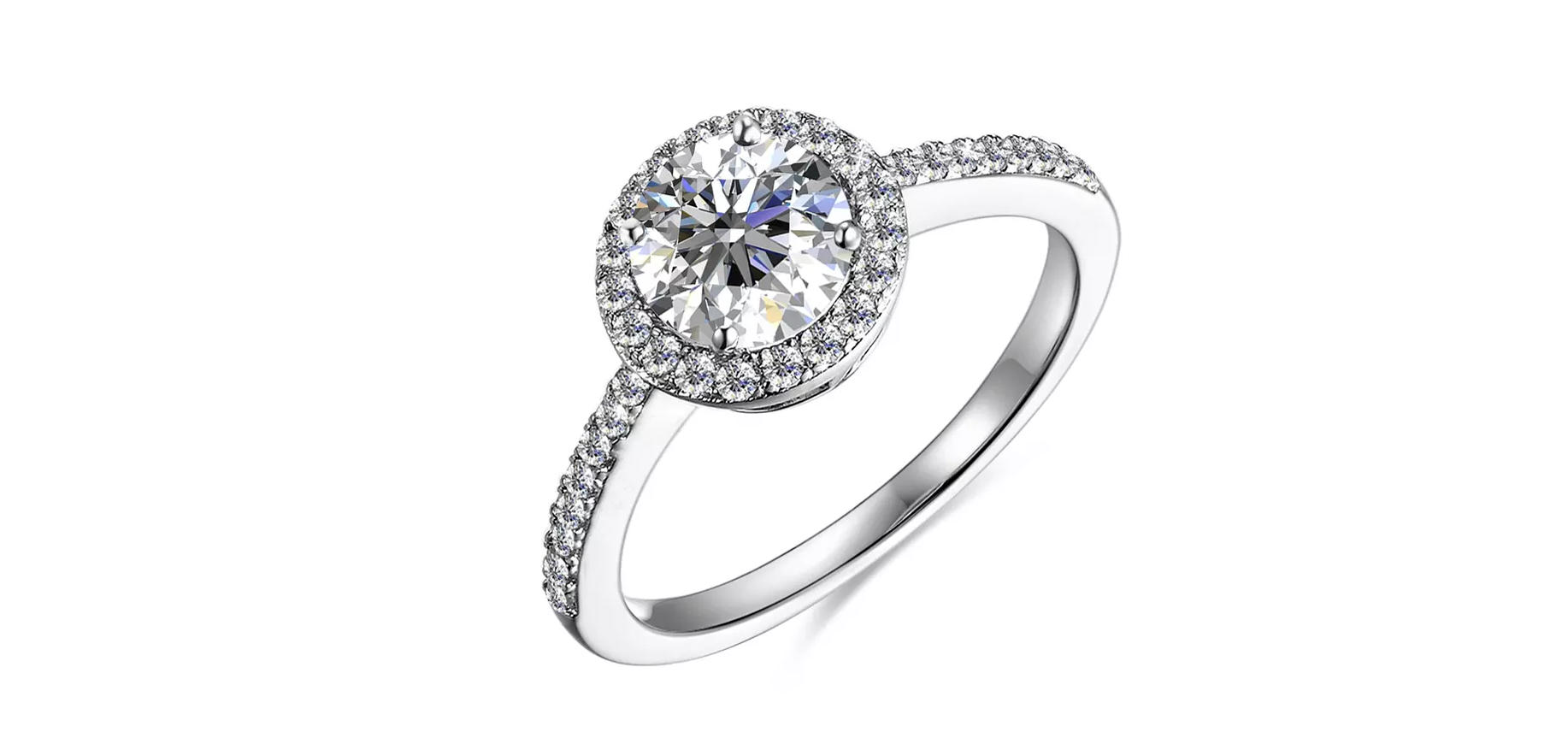
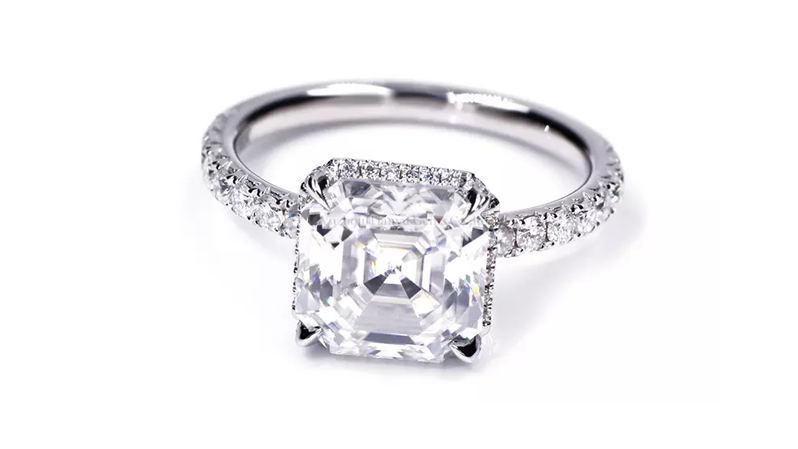
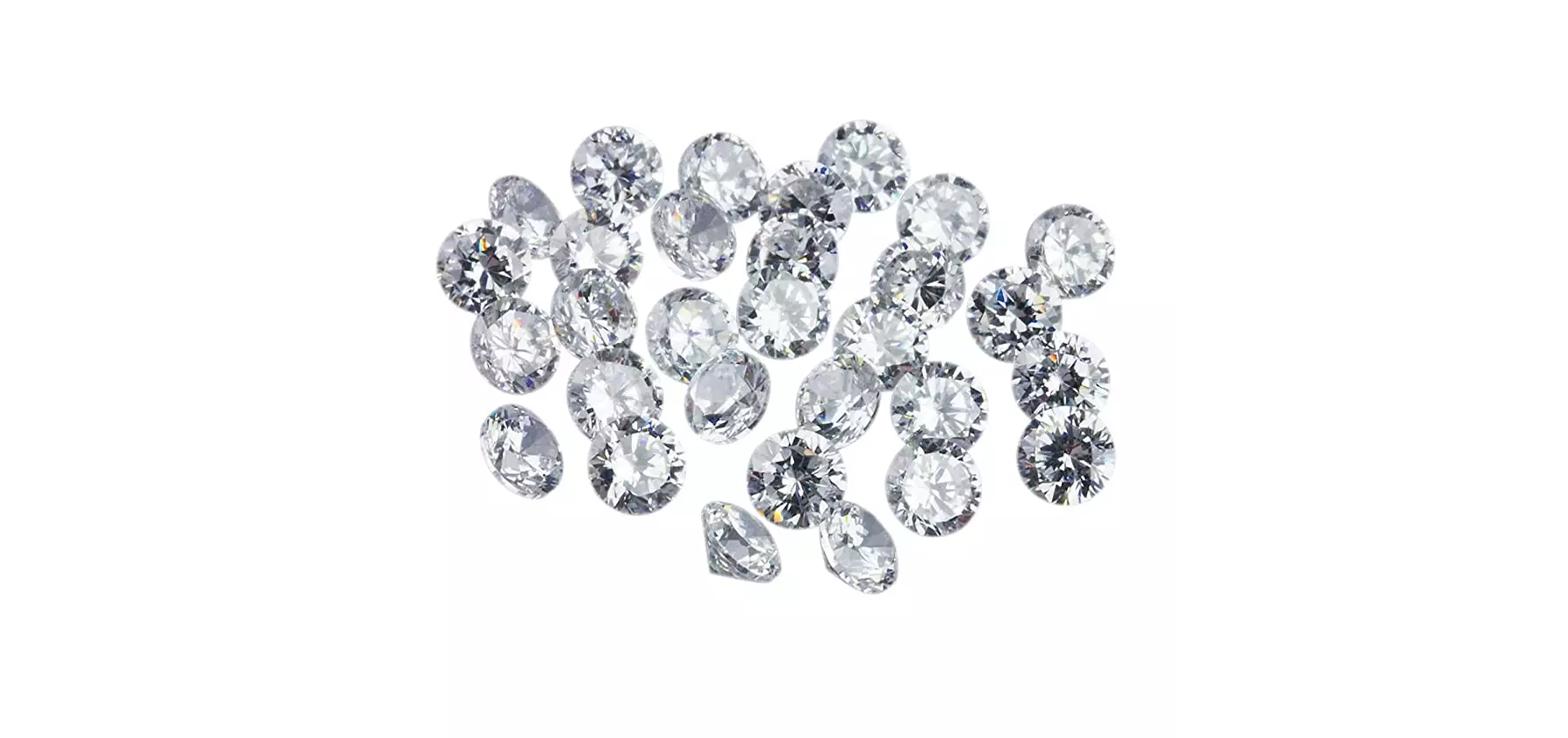
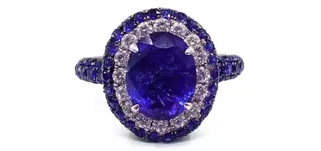
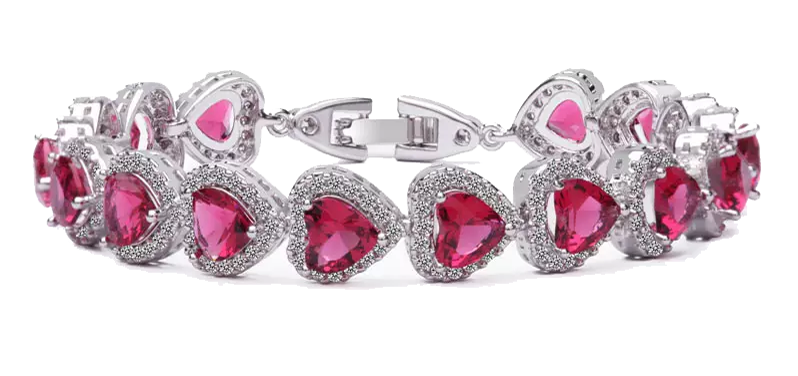
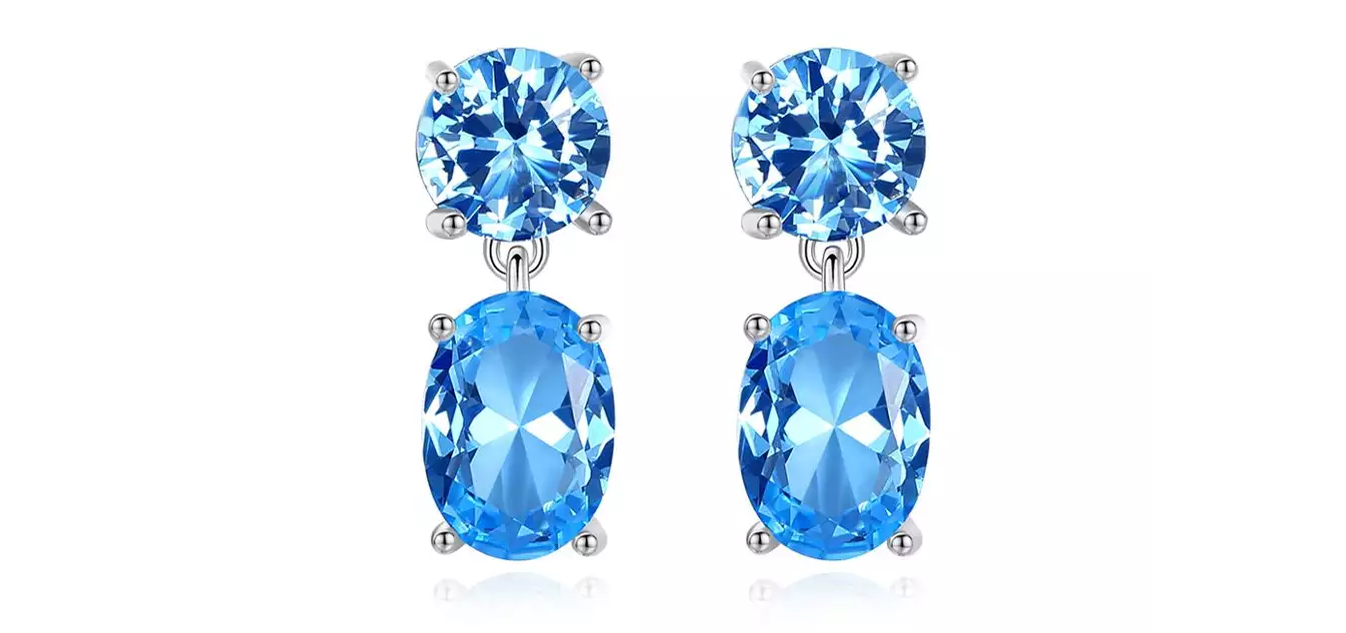
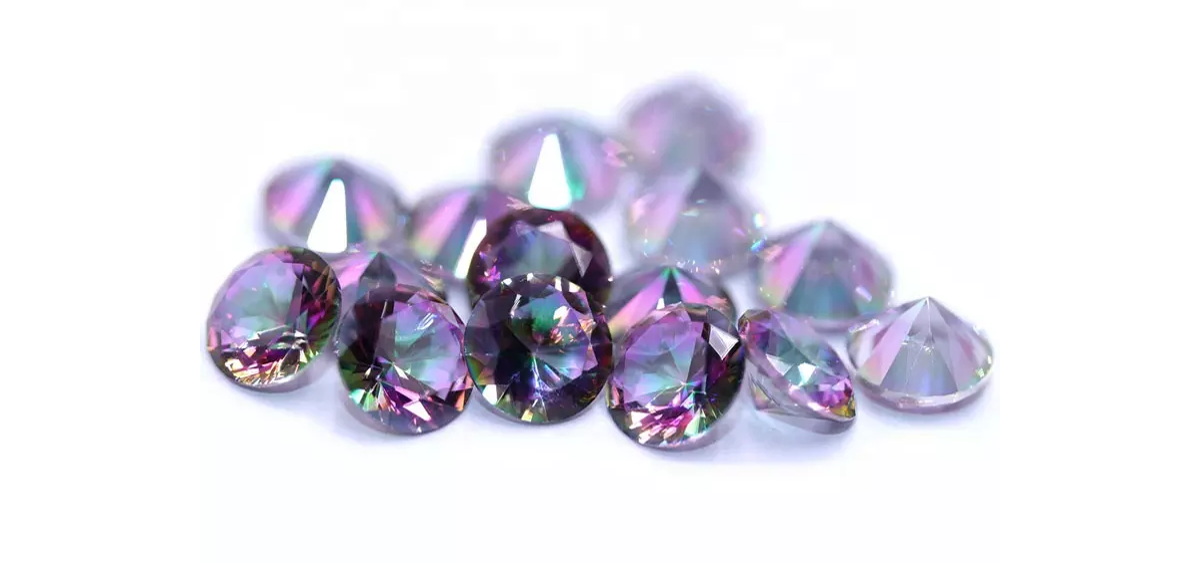
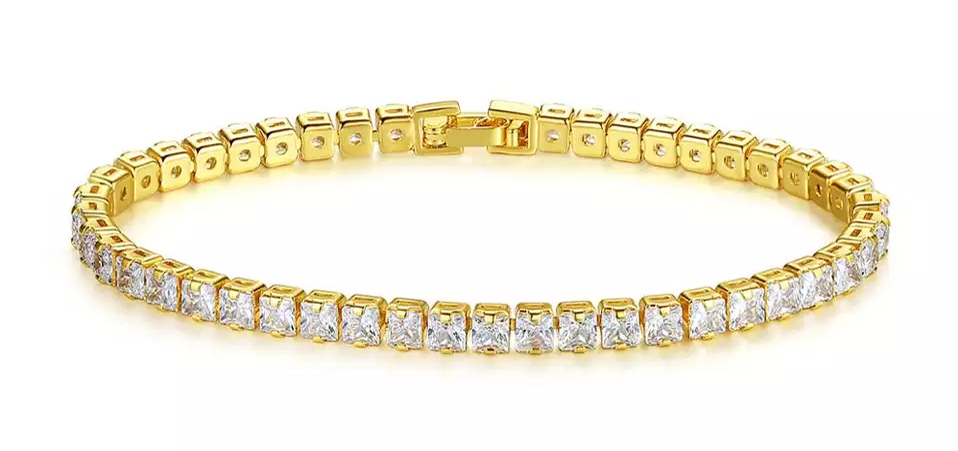
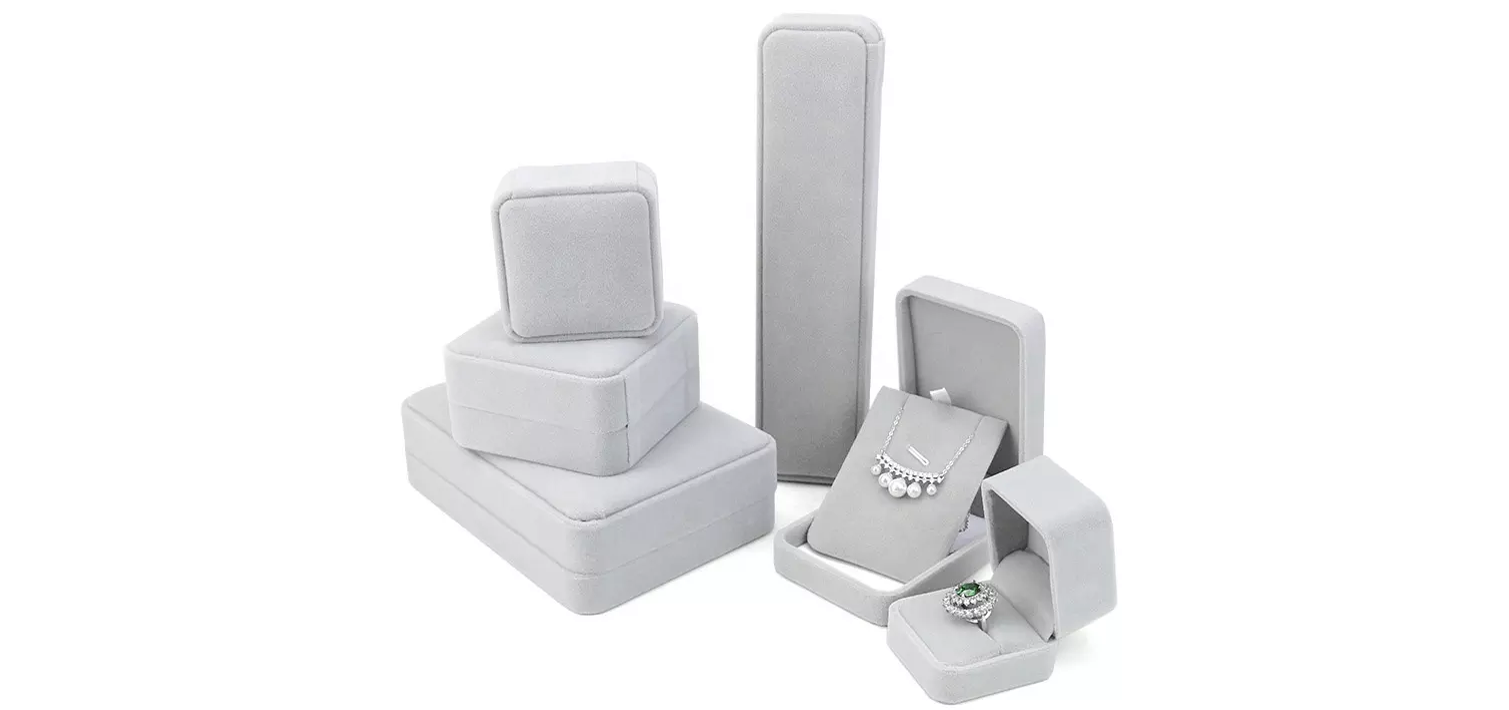
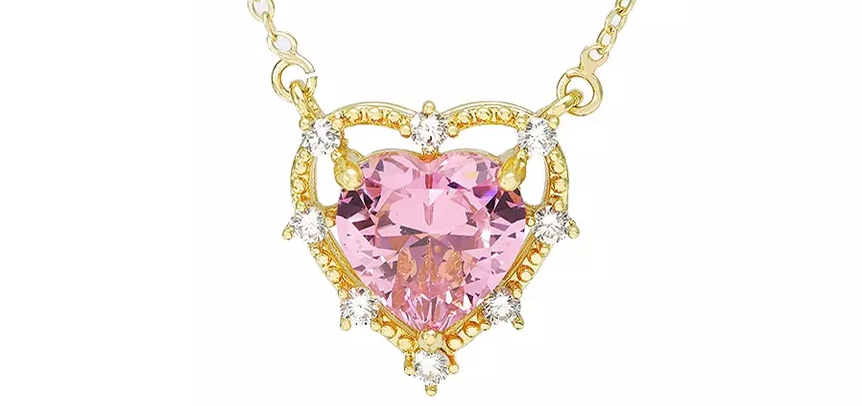
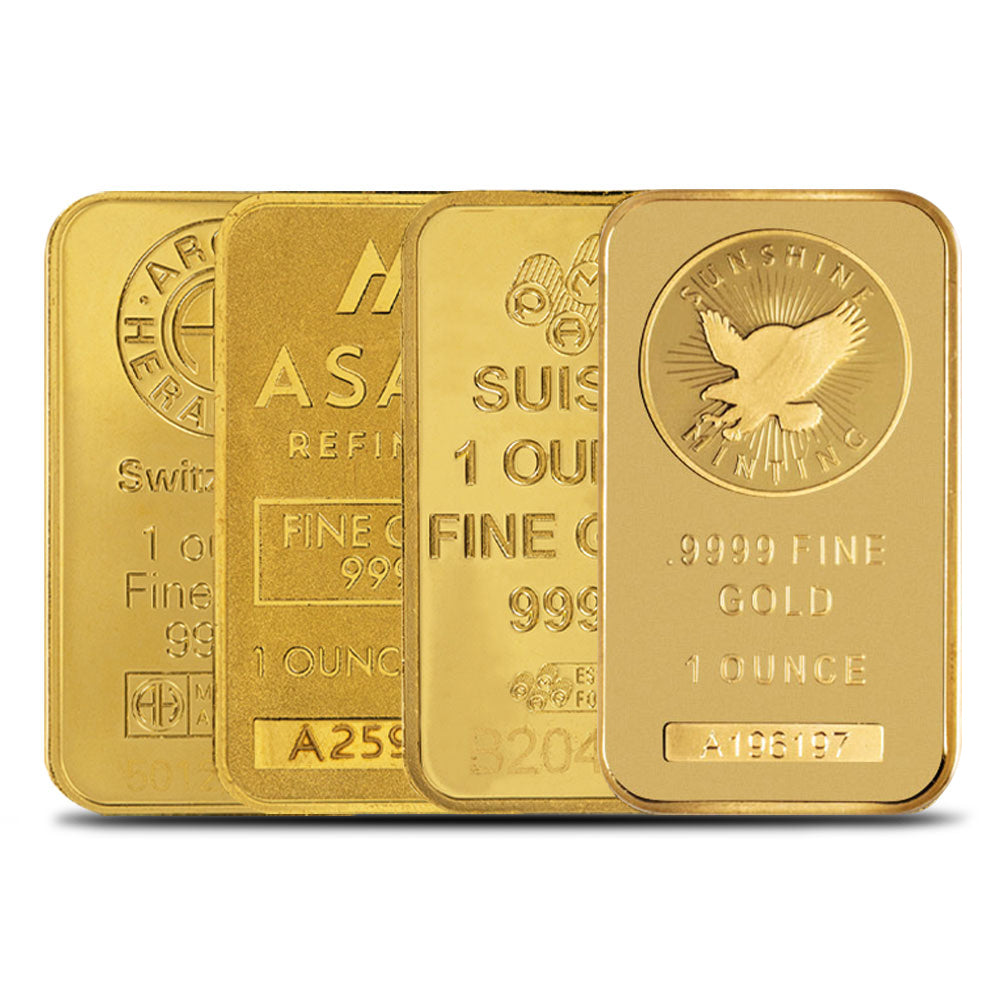
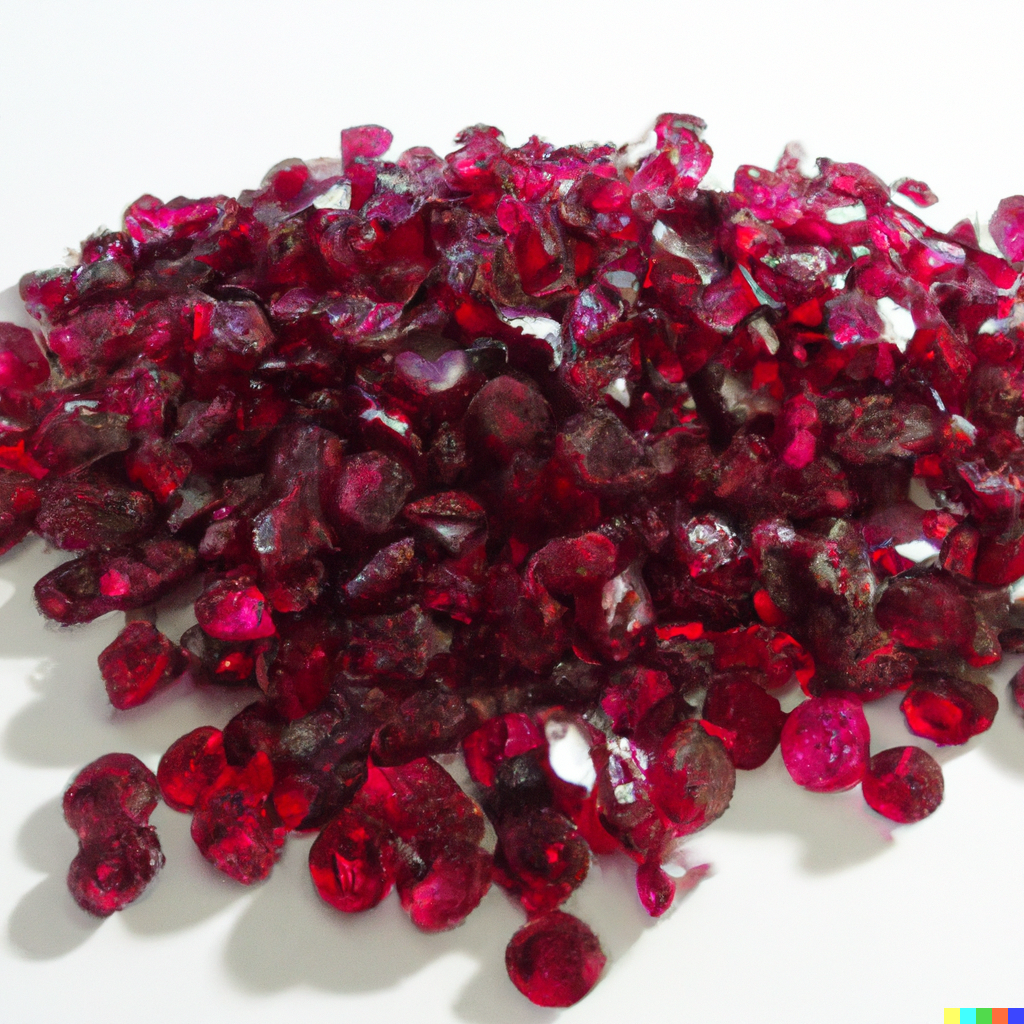
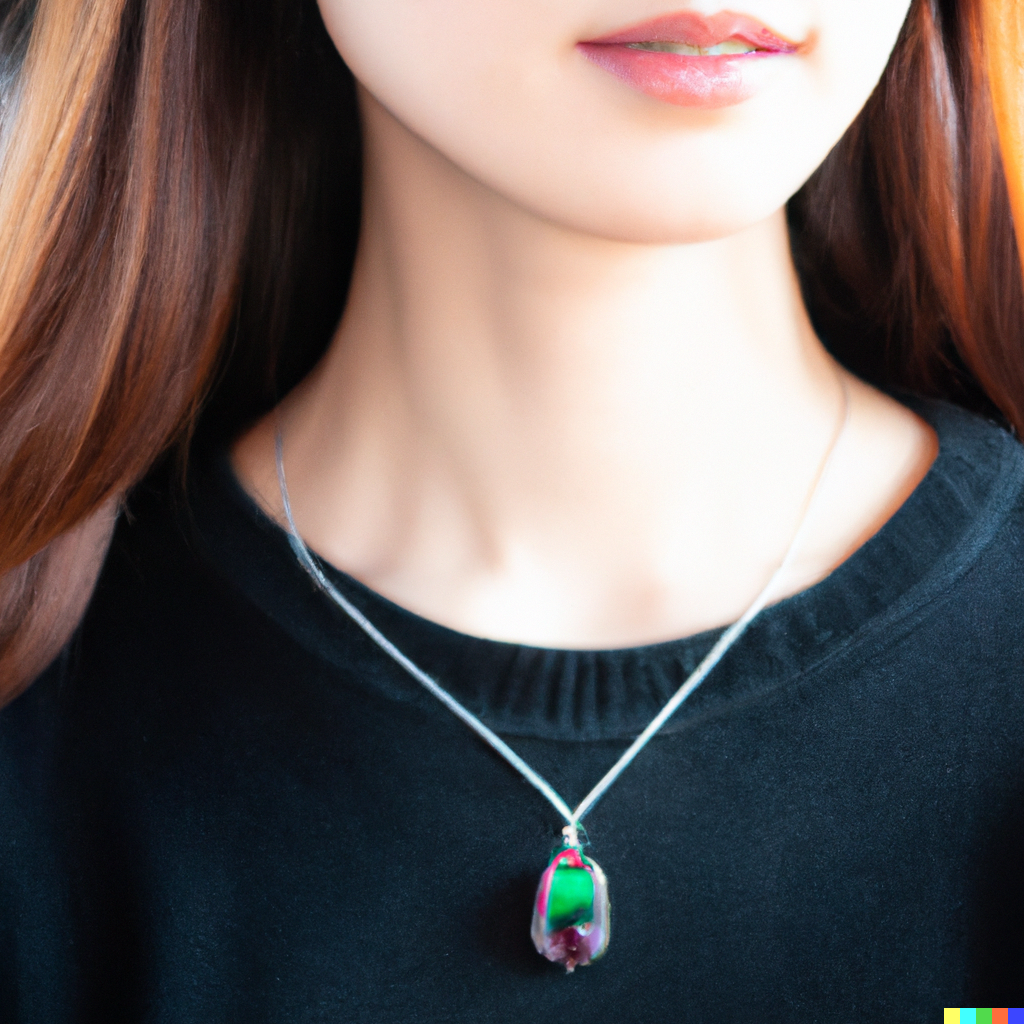
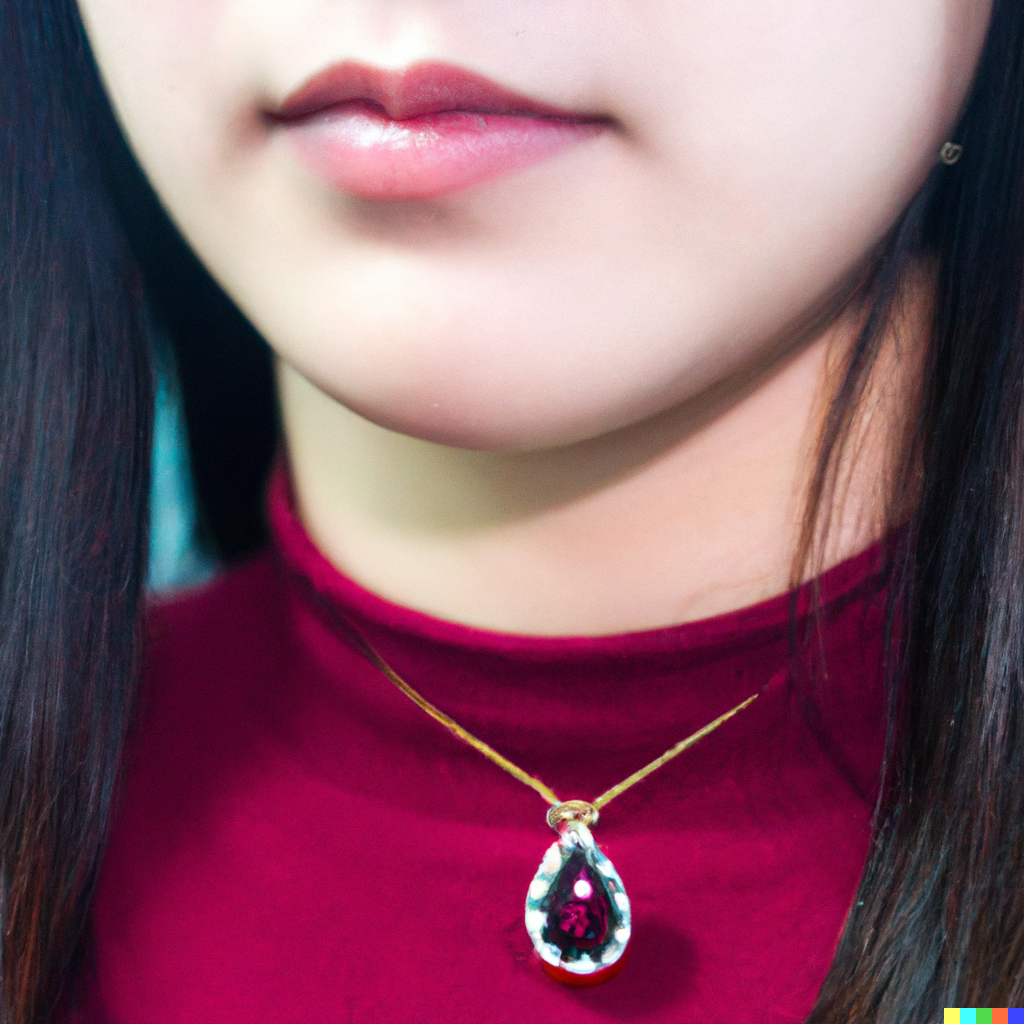
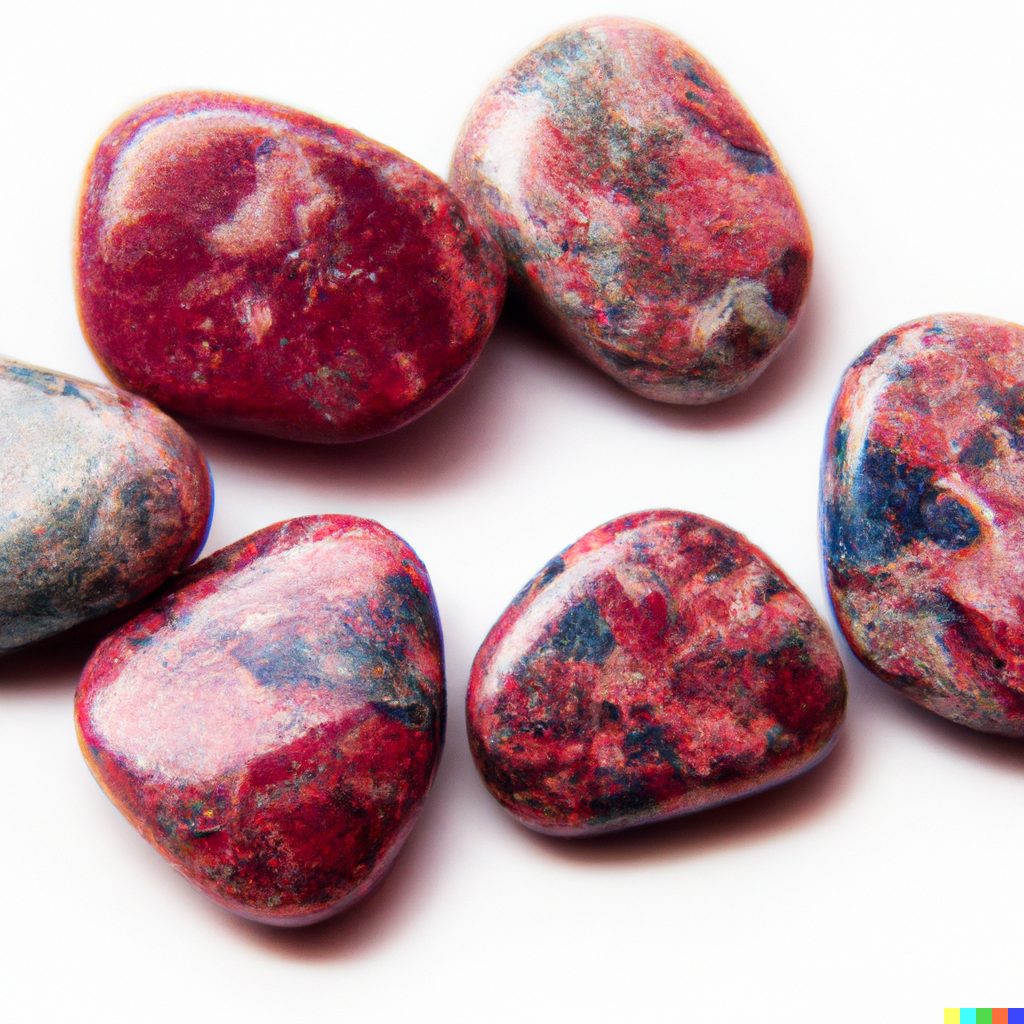


Leave a comment